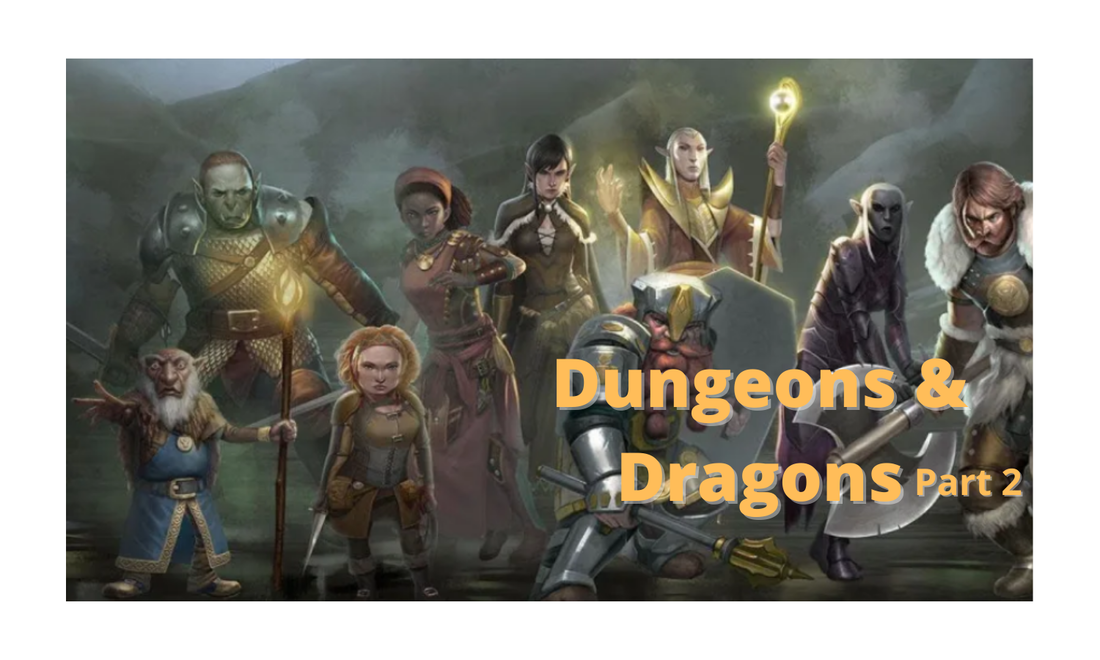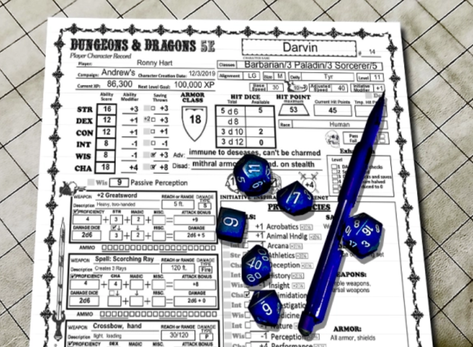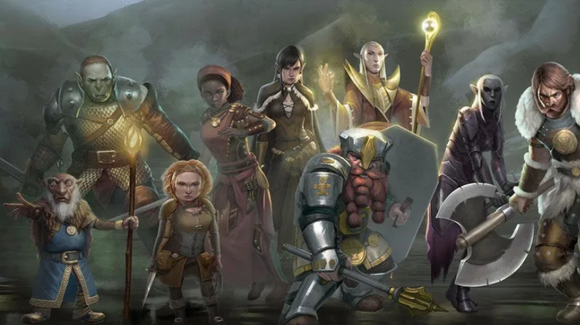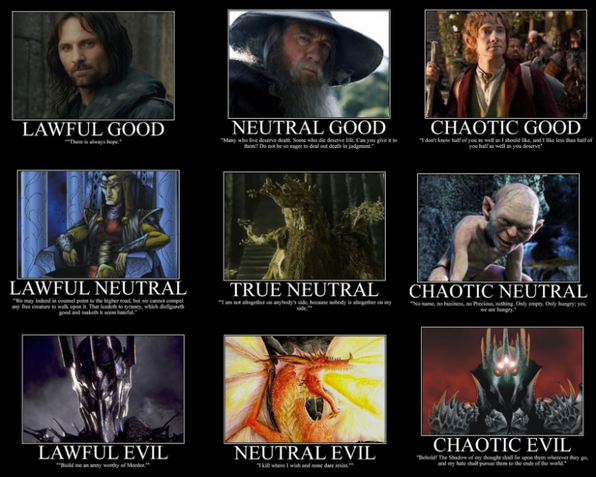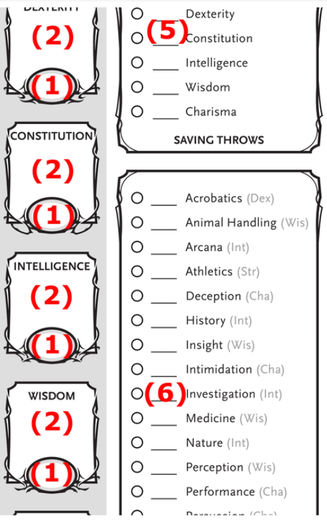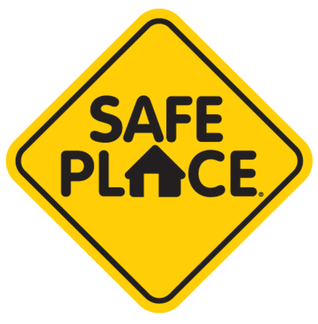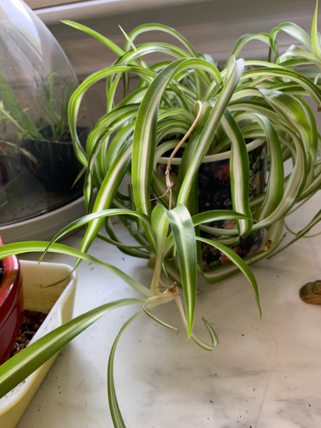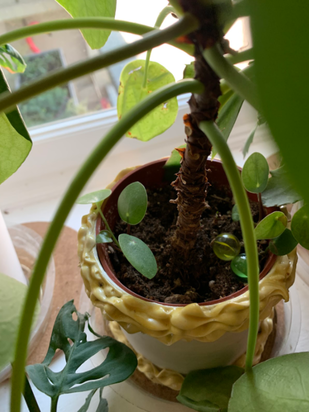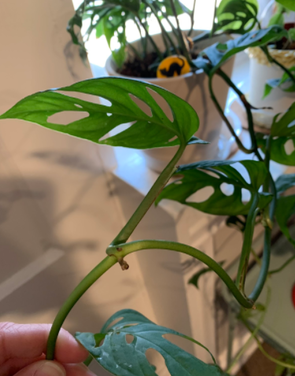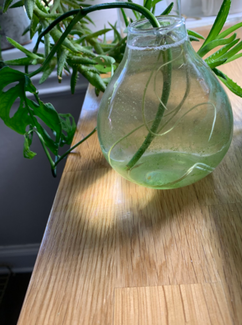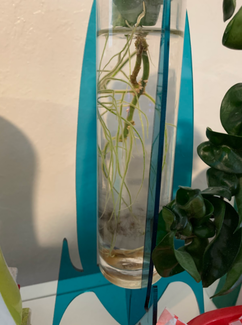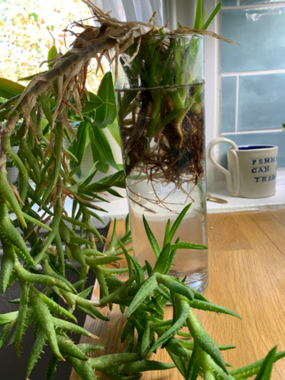|
by McKelle, Day-Riverside Branch So, you’ve decided you want to try your hand at playing Dungeons and Dragons. You’ve gathered a group of stalwart, adventuring friends, you’ve learned the rules, you have your campaign ready to go… Now what? Now, you build a character. Before you can begin playing D&D, you need to create or select a character as your adventurer. Characters are a combination of game statistics, role playing hooks, and imagination. In D&D a character's class and race drives many of the interactions and decisions made to resolve encounters and combat. If you’re new to character creation, figuring out how to build a first level character can be overwhelming and intimidating. Trying to figure out which stats should be a priority, which skills and spells you should invest in and how to get the numbers on the sheet so you can get playing can be a bit of a juggling act. If building a character from scratch sounds too overwhelming for your first time, there are many fun pre-made character sheets you can use to start out with. But if creating a character sounds like half of the fun, then here’s an easy step by step guide to help you build your own D&D adventurer! Step 1: Choose Race, Class, and Background Choose a Race Race is your character's species. Your character's race helps determine your physical look as well as giving you natural talents. Racial traits include the following: Ability Score Increase, Age, Alignment, Size, Speed, Languages, and Subraces. You can read the first few paragraphs of each race's section to get an idea of what each of them are. Choose one of the following races:
Choose a Class Class is your character's profession, and determines what actions your character can perform. Your character gains some special class features and proficiencies centered around their chosen vocation. You can read the first few paragraphs of each class's section to get an idea of what each of them are. There are 12 basic classes in D&D: barbarian, bard, cleric, druid, fighter, monk, paladin, ranger, rogue, sorcerer, warlock and wizard. Reading through all of their entries in the Player’s Handbook is the only way to make sure you won’t have buyer’s remorse. Choose Background Your character also needs a name and personality. Spend a few minutes thinking about the character’s behavior and looks. You will also need to choose a Background for your character. Your character's background is simply your character's history. Where do they come from and what were they doing prior to the game you are about to play. They provide additional proficiencies, languages, and skills. You can read up on the many types of backgrounds here. Step 2: Stat Blocks and Ability Scores Now comes the complicated part. Once you have determined your character’s appearance, personality, and background, you have to figure out how they will interact with dice play. The stat block is the main portion of the sheet that influences the “game” part of the role-playing game. This block consists of your proficiency modifier, your ability scores and modifiers, and your skill modifiers. Each of a creature's abilities has a score, a number that defines the magnitude of that ability. An ability score is not just a measure of innate capabilities, but also encompasses a creature's training and competence in activities related to that ability. Much of what your character does relies on six abilities: Strength, measuring physical power, Dexterity, measuring agility, Constitution, measuring endurance, Intelligence, measuring reasoning and memory, Wisdom, measuring perception and insight, and Charisma, measuring force of personality. You can print and download a free blank character sheet, and then use D&D guides to help you feel out each stat black. Step 3: Review and come together! Go over your character sheet and share it with your campaign team! D&D characters don’t work alone. Each character plays a role within a party, a group of adventurers working together for a common purpose. Talk to your fellow players and your DM to decide whether your characters know one another, how they met, and what sorts of quests the group might undertake. Once you’re all on the same page, then it’s time to have fun and enjoy your adventure!
0 Comments
by Becca, Main Branch Did you know that all City Library locations are part of the Safe Place system? This means that you can arrive at any City Library building and a librarian can help you call Safe Place to come pick you up from the library and take you to a shelter, to talk with a therapist, get away from a dangerous situation, and more. Here’s what you need to know: What is Safe Place? Safe Place is a national youth outreach and prevention program for young people under the age of 18 in need of immediate help and safety. You can also text “SAFE” and your current location to: 44357 Who runs Safe Place? Although Safe Place is a National Organization, Safe Place in SLC is run by Salt Lake County Youth Services. Where will they take me? A SLCO Youth Services staff member will pick you up from the library and take you to a Youth Services Juvenile Receiving Center. There are 2 locations:
South Salt Lake, UT 84115 Hours: 24/7 Phone: 385-468-4470
Hours: Monday-Friday 8am-8pm Phone: 385-468-4610 What is the Youth Services Juvenile Receiving Center? The Juvenile Receiving Center is a 24/7 facility that provides free crisis counseling, referrals to community agencies, and short-term placement for youth. If you have a way of getting there, you can also walk into the Receiving Center at any time, without first coming to the library. What other locations are Safe Place sites where I can be picked up? Look at this list to see what Safe Place pick-up sites are located in SLC. Not in SLC? For a pick-up location closest to you, enter your current zip code here. Safe Place sites should also have the yellow “Safe Place” diamond symbol on or inside the building. Will Safe Place notify my parents? Safe Place notifies parents on a case-by-case basis. If your parent or guardian is the person responsible for putting you in a dangerous situation, such as abusing or neglecting you, Safe Place will notify the police and/or DCFS (Department of Child and Family Services). In other circumstances, Safe Place will likely notify your parents just to let them know where you are and that you are safe. Is Safe Place receiving youth during COVID-19? Yes, you will still be able to use Safe Place during COVID-19. How long can I stay with Safe Place? Safe Place allows teens to stay with them for 24-72 hours. After 72 hours, it is their hope that they have found you a more stable solution, preferably staying with a family member or at a long-term shelter. During those 72 hours, Safe Place employees will work with you on getting you the resources and help you need. How can the librarians help me? If possible, ask to speak with your library’s Teen Librarian when you arrive at the Library. Let them know that you are in need of Safe Place services. The librarian will then: call Safe Place for you, find you a safe area of the library to wait in, confirm that the person picking you up has Safe Place identification, and escort you from the library to the Safe Place transportation vehicle. Still have some questions? For more FAQs, take a look at the Safe Place website. As always, the Library is here for you. We can help you find many other resources like Safe Place including books, online resources, chat lines, shelters, and other services for youth. It’s okay to ask for help. If you or someone you know is suffering or in crisis please call the National Suicide Prevention Hotline at 1-800-273-8255. The Trevor Project specializes in helping LGBTQ+ youth. Call the TrevorLifeline at 1-866-488-7386, or text START to 678678. by Stephanie H., Sprague Branch Do you and your friends want urban jungles but lack the funds to buy tons of new plants? Never fear, I can teach you how to create more plants from the plants you already have! There are a few plants that will create babies for you. First up is the Spider plant (Chlorophytum comosum) that grow babies on the end of long stems. When these tiny plants get to grow roots, you can snip them off their stem and plant them in potting soil or, if you are lazy like me, sit them in a jar of water. Next up is the Pilea peperomioides, also known as the Chinese Money plant. Pileas grow tiny plantlets around the base of their stem. Once they are a few inches tall, you can cut the baby plant from the mother by snipping the connecting root that is a few inches under the soil. Plant the baby in potting soil and you are good to go! Many plants can be easily propagated from stem cuttings. This is the method I use most often. When you take a cutting, make sure to cut just below a leaf, this is where growth hormones that make new roots are concentrated. Make sure that you use a clean, sanitized knife or scissors and that you make a diagonal cut. Diagonal cuts heal faster than horizontal cuts. Next, plop the stem in some water, and change the water weekly. In about 3-4 weeks your plant stem should have roots. At this point you can transfer the stem to soil. Again, I am lazy and just keep the plants growing in water, it is also fun to see the root systems develop. I have had lots of fun experimenting with propagating different plants in water, and most of them have been very successful. When you and your friends have a few cuttings, get together and have a plant swap! |
AuthorsBlog posts are written by our Teen Librarians and, in some cases, teens like you. Visit your About page to learn more about our Teen Librarians. Archives
August 2023
Categories
All
|
